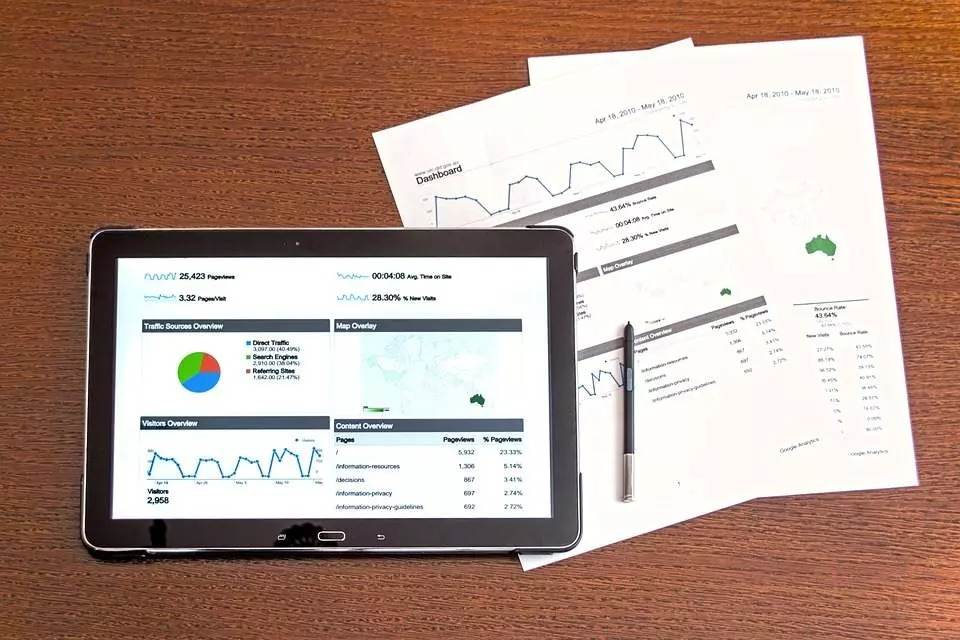Data analysis Tools is essential for any organization or individual who wants to make informed decisions based on data.
However, analyzing large datasets can be a challenging and time-consuming task, especially if done manually.
To make data analysis easier and more efficient, various data analysis tools have been developed.
In this article, we will discuss the best data analysis tools available in the market, their features, and how they can help organizations and individuals analyze data effectively.
Here are 10 of the Best Data Analysis Tools that you should consider.
1. Excel

Excel is one of the most widely used data analysis tools in the world. It is a spreadsheet program developed by Microsoft that allows users to perform various data analysis tasks, including statistical analysis, data visualization, and data modeling.
Excel has a user-friendly interface that makes it easy for users to manipulate and analyze data.
Excel features :
- Ability to perform basic statistical analysis, including mean, median, mode, standard deviation, and variance.
- Ability to create charts and graphs to visualize data.
- Built-in tools for data cleaning and data formatting.
- Ability to perform regression analysis and other advanced statistical analyses.
2. Tableau
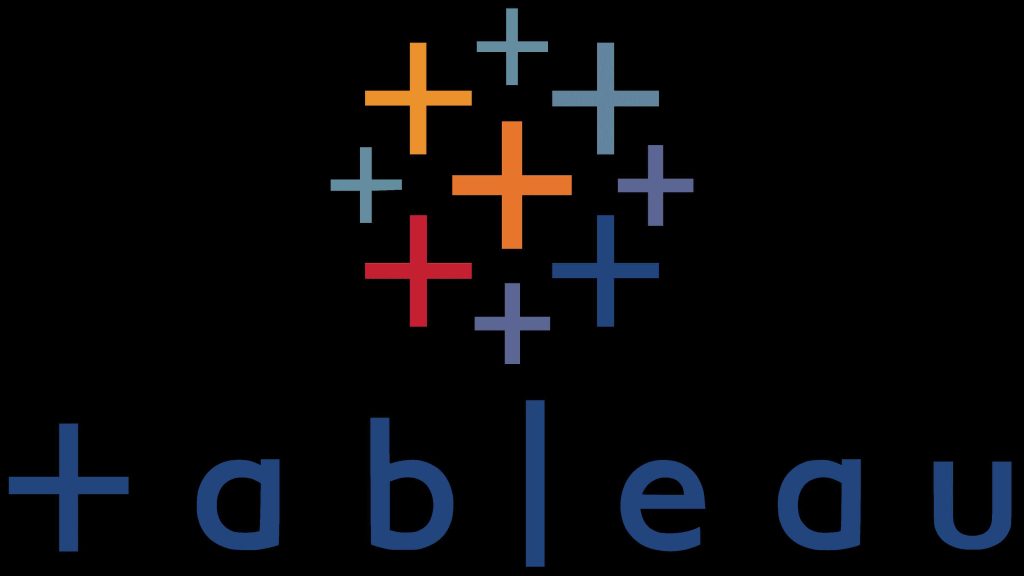
This is a data visualization and business intelligence tool that allows users to create interactive dashboards and visualizations from data.
Tableau is designed to make data analysis easy and intuitive, even for non-technical users.
Tableau features:
- Ability to connect to various data sources, including Excel, CSV, and databases.
- Ability to create interactive dashboards and visualizations with drag-and-drop functionality.
- Built-in tools for data cleaning and data formatting.
- Ability to share dashboards and visualizations with others.
3. Power BI

Power BI is a business intelligence tool developed by Microsoft. It allows users to connect to various data sources, including Excel, CSV, and databases, and create interactive dashboards and visualizations.
Power BI is designed to be user-friendly and accessible to non-technical users.
Power BI:
- Ability to connect to various data sources, including Excel, CSV, and databases.
- Ability to create interactive dashboards and visualizations with drag-and-drop functionality.
- Built-in tools for data cleaning and data formatting.
- Ability to share dashboards and visualizations with others.
4. R

This is a programming language and environment for statistical computing and graphics. It is widely used in academia and industry for data analysis, statistical modeling, and visualization.
R is open-source and has a large community of users and developers.
R features:
- Ability to perform advanced statistical analysis, including linear regression, logistic regression, and time series analysis.
- Ability to create charts and graphs to visualize data.
- Built-in tools for data cleaning and data formatting.
- Ability to create custom functions and packages.
5. Python

It is a general-purpose programming language that is widely used in data analysis and machine learning.
Python has a large community of users and developers and is known for its simplicity and readability.
It has various libraries and packages that make it easy to perform data analysis tasks.
Python features:
- Ability to perform advanced statistical analysis, including linear regression, logistic regression, and time series analysis.
- Ability to create charts and graphs to visualize data.
- Built-in tools for data cleaning and data formatting.
- Ability to create custom functions and packages.
6. SAS

It is a comprehensive software suite for data analysis, data management, and business intelligence.
SAS provides a user-friendly interface that simplifies the process of data analysis, allowing even those without advanced programming skills to perform sophisticated analysis tasks.
It includes a range of tools for data manipulation, visualization, and reporting.
SAS features :
- Advanced Statistical Analysis: SAS allows for advanced statistical analysis such as linear regression, logistic regression, and time series analysis.
- Data Manipulation: SAS provides tools for data cleaning and formatting, which make it easier to work with large datasets.
- Data Visualization: SAS provides various tools for data visualization, including charts and graphs, making it easier to communicate insights to stakeholders.
- Custom Functions and Packages: SAS allows for the creation of custom functions and packages to extend the functionality of the software.
7. SPSS
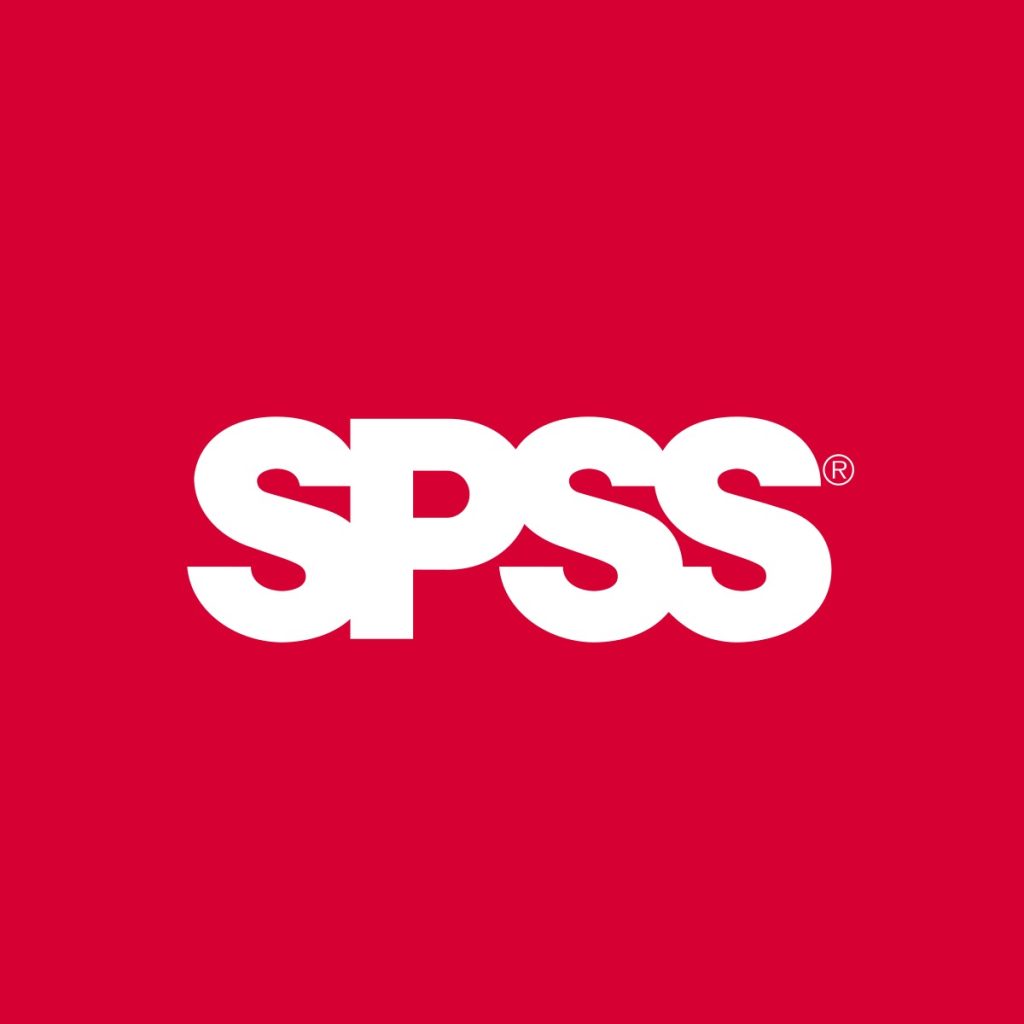
This SPSS (Statistical Package for Social Sciences) is a popular software package for data analysis and statistical modeling.
SPSS has a user-friendly interface, making it easy for non-technical users to perform advanced statistical analysis and data modeling.
Overall, SPSS is a powerful and versatile tool for data analysis and statistical modeling.
With its user-friendly interface and range of features, SPSS makes it easy for users to perform complex data analysis tasks and communicate insights effectively
SPSS features:
- Advanced Statistical Analysis: SPSS provides a range of statistical analysis tools, including regression analysis, factor analysis, and cluster analysis.
- Data Visualization: SPSS provides a range of graphical visualization tools, such as bar charts, histograms, and scatterplots, which allow users to easily visualize data and communicate insights to stakeholders.
- Custom Functions and Packages: SPSS allows users to create custom functions and packages to extend the software’s functionality and automate repetitive tasks.
- Data Management: SPSS provides a range of tools for data cleaning, data manipulation, and data merging, which make it easier to work with large datasets.
8. MATLAB

This is a powerful software tool designed for technical computing and data analysis.
MATLAB has a user-friendly interface and an extensive library of built-in functions, making it a popular choice for data analysis and modeling.
Overall, MATLAB is a powerful and versatile tool for data analysis and modeling, providing users with a range of features to manage and analyze their data effectively.
Its user-friendly interface and extensive library of built-in functions make it a popular choice for data scientists and engineers alike.
MATLAB features:
- Data Visualization: MATLAB provides a range of visualization tools such as 2D and 3D plots, histograms, and scatterplots, making it easy to visualize data and communicate insights to stakeholders.
- Advanced Statistical Analysis: MATLAB includes a range of statistical analysis tools such as regression analysis, cluster analysis, and time-series analysis.
- Data Preprocessing: MATLAB provides a range of tools for data cleaning, data normalization, and data transformation, which make it easier to work with large datasets.
- Machine Learning: MATLAB includes a range of machine learning tools such as neural networks, decision trees, and support vector machines, making it a powerful tool for predictive modeling and pattern recognition.
9. QlikView
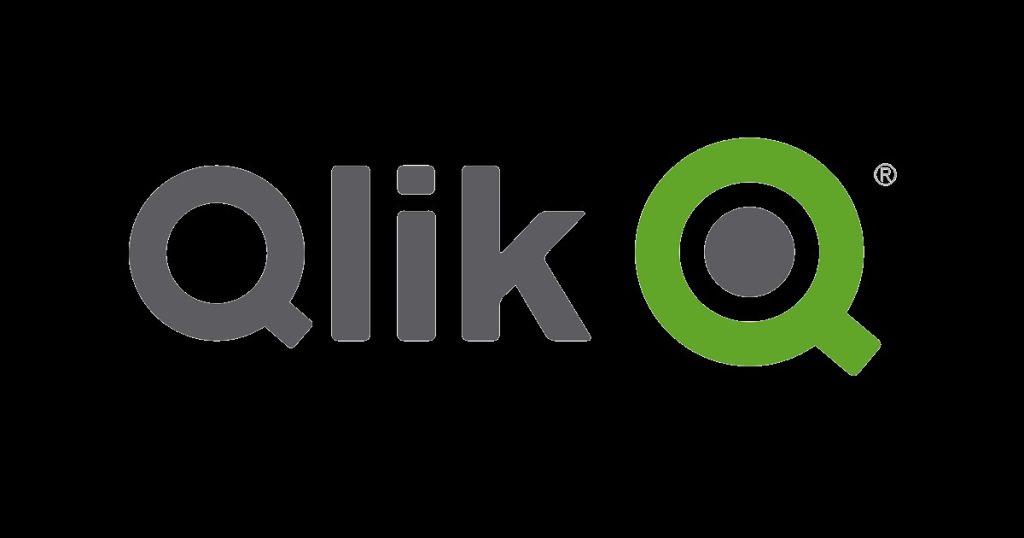
QlikView is a powerful business intelligence and data analysis tool designed to help users quickly explore and analyze data from multiple sources.
Developed by QlikTech, QlikView provides a user-friendly interface that makes it easy for non-technical users to perform complex data analysis tasks.
Overall, QlikView is a powerful and versatile tool for business intelligence and data analysis, providing users with a range of features to manage and analyze their data effectively.
Its user-friendly interface and advanced analytics tools make it a popular choice for businesses looking to gain insights from their data.
Qlik features:
- Interactive Data Exploration: QlikView allows users to interact with their data in real time, making it easy to explore and analyze data from multiple sources.
- Data Visualization: QlikView provides a range of visualizations such as charts, graphs, and maps, making it easy to visualize data and communicate insights to stakeholders.
- Data Integration: QlikView allows users to integrate data from multiple sources, including spreadsheets, databases, and cloud-based applications, making it easy to work with large and complex datasets.
- Advanced Analytics: QlikView includes various advanced analytics tools such as predictive modeling and forecasting, making it a powerful tool for data analysis and decision-making.
10. IBM Watson Analytics
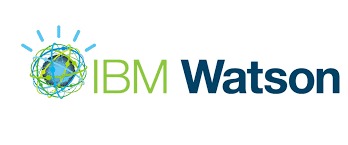
IBM Watson Analytics is a cloud-based data analysis and visualization tool that enables users to quickly and easily explore, analyze, and visualize their data.
Overall, IBM Watson Analytics is a powerful and user-friendly tool for data analysis and visualization, providing users with a range of features to manage and analyze their data effectively.
Its natural language processing capabilities and predictive analytics tools make it a popular choice for businesses looking to gain insights from their data quickly and easily.
IBM Watson:
- Natural Language Processing: Watson Analytics uses natural language processing to enable users to ask questions about their data in plain English, making it easy to get insights without the need for technical expertise.
- Predictive Analytics: Watson Analytics includes a range of predictive analytics tools that enable users to forecast future trends and identify patterns in their data.
- Data Visualization: Watson Analytics provides a range of visualizations such as charts, graphs, and maps, making it easy to visualize data and communicate insights to stakeholders.
- Data Integration: Watson Analytics allows users to integrate data from multiple sources, including spreadsheets, databases, and cloud-based applications, making it easy to work with large and complex datasets.




